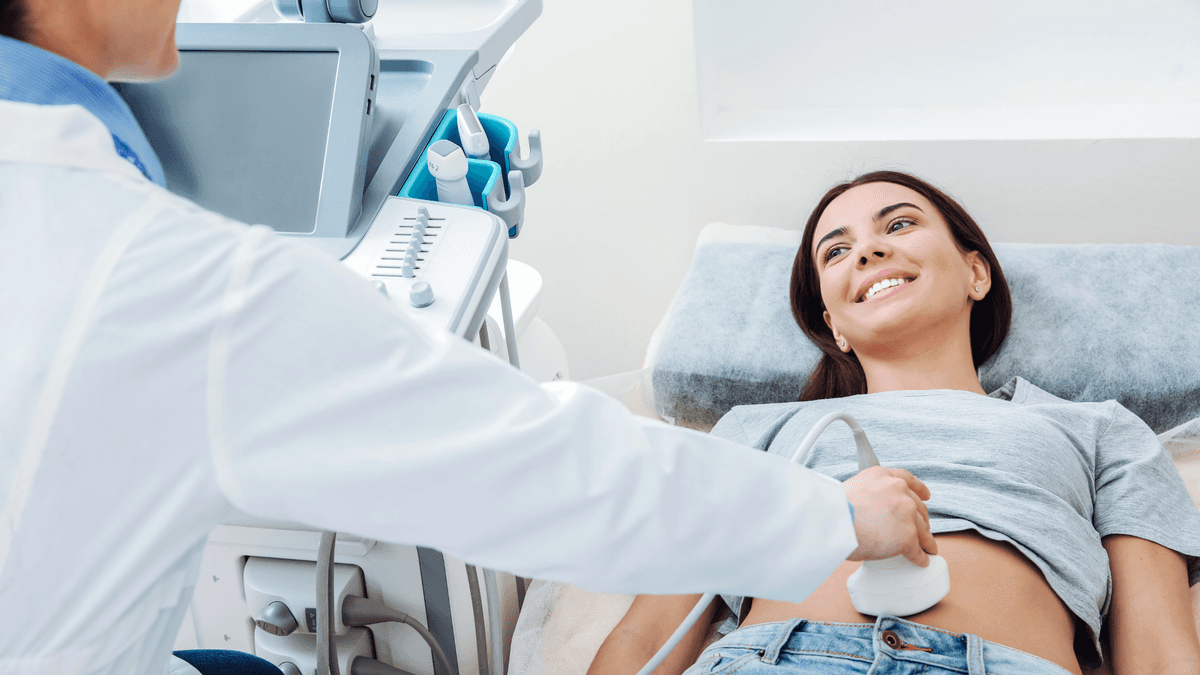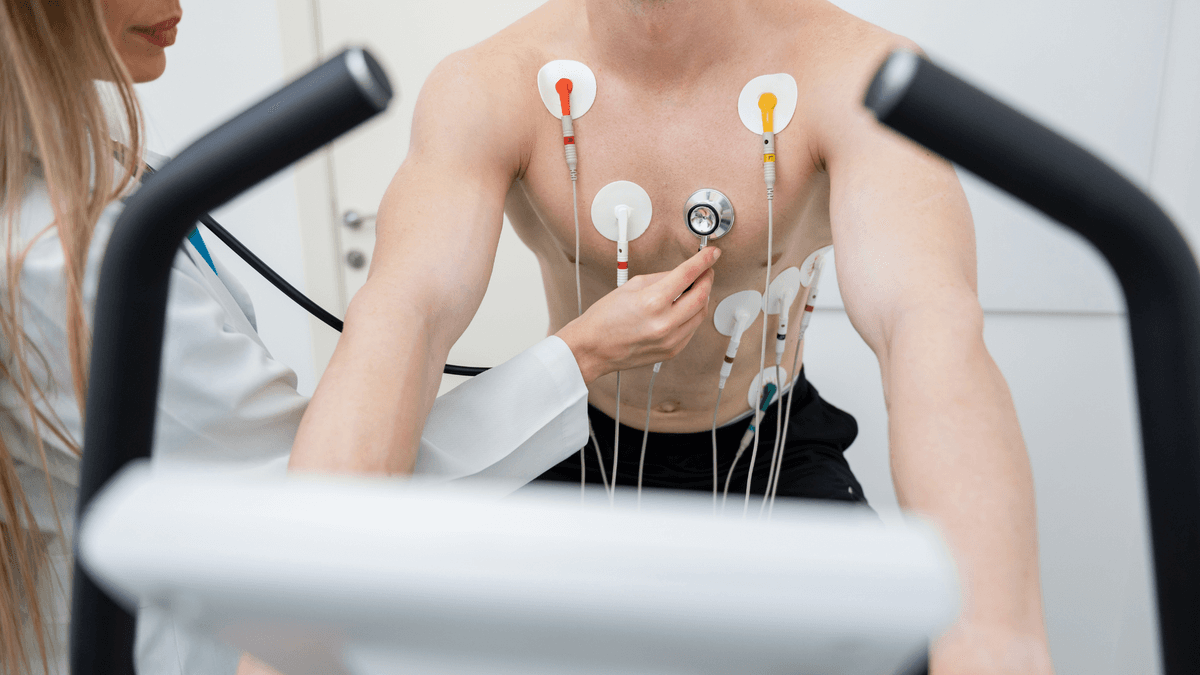
Top 7 Pregnancy Scans Every Expecting Mother Should Know About
Pregnancy is a beautiful and transformative journey for every woman, filled with excitement, anticipation, and sometimes a little anxiety. One of the key elements that contribute to a healthy and safe pregnancy is timely and accurate medical imaging. Pregnancy scans, also known as prenatal ultrasounds, provide crucial insights into the growth, development, and health of your baby. With advancements in medical technology, these scans have become more detailed and informative than ever before.
This comprehensive guide will walk you through the top 7 pregnancy scans every expecting mother should be aware of. Understanding the purpose, timing, and benefits of each scan will empower you to make informed decisions throughout your pregnancy.
1. Viability or Dating Scan (6 to 9 Weeks)
The first scan in pregnancy is typically the viability or dating scan. This ultrasound is usually conducted between 6 and 9 weeks of gestation.
Purpose:
Confirm the presence of a gestational sac and yolk sac.
Detect the fetal heartbeat.
Determine the number of embryos (in case of twins or multiples).
Estimate the due date by measuring the crown-rump length (CRL).
Why it’s important:
This scan provides reassurance about the pregnancy’s viability and sets the foundation for monitoring fetal development. It also helps detect early complications such as ectopic pregnancy or blighted ovum.
2. Nuchal Translucency (NT) Scan (11 to 14 Weeks)
This scan is part of the first-trimester screening and is typically performed between 11 and 14 weeks.
Purpose:
Measure the nuchal translucency (fluid at the back of the baby’s neck).
Screen for chromosomal abnormalities such as Down syndrome, Trisomy 13, and Trisomy 18.
Assess nasal bone and other early fetal markers.
Can be combined with a blood test for better accuracy (known as the Combined First Trimester Screening).
Why it’s important:
This scan is a critical tool in early genetic screening. A thickened nuchal fold may indicate potential chromosomal issues, prompting further diagnostic tests such as NIPT (Non-Invasive Prenatal Testing), CVS, or amniocentesis.
3. Anomaly Scan or Level 2 Ultrasound (18 to 22 Weeks)
Also known as the morphology scan, this is one of the most crucial scans in your pregnancy.
Purpose:
A detailed assessment of fetal anatomy.
Check for structural anomalies in the brain, spine, heart, kidneys, limbs, and face.
Assess the location of the placenta.
Measure amniotic fluid levels.
Evaluate fetal growth and movements.
Why it’s important:
The anomaly scan can detect many major birth defects. If any abnormality is suspected, early intervention or further genetic counseling may be advised. It also checks for conditions like placenta previa, which could affect delivery.
4. Growth Scan (28 to 32 Weeks)
This scan is usually conducted during the third trimester to monitor the baby’s growth and well-being.
Purpose:
Assess fetal weight, head circumference, abdominal circumference, and femur length.
Check for intrauterine growth restriction (IUGR) or macrosomia (excessive growth).
Evaluate amniotic fluid levels and placental function.
Check baby’s movements and breathing pattern.
Why it’s important:
The growth scan ensures that your baby is developing at a healthy rate. It helps detect complications like fetal growth restriction or excessive amniotic fluid, which may require medical attention or adjustments to your delivery plan.
5. Fetal Wellbeing/Doppler Scan (32 to 36 Weeks)
This is a specialized ultrasound to assess blood flow in various fetal vessels using Doppler technology.
Purpose:
Measure blood flow in the umbilical artery, fetal brain, and other vessels.
Determine how well the placenta is supplying oxygen and nutrients.
Evaluate fetal heart function and movement.
Why it’s important:
Doppler scans help identify fetuses at risk of distress, especially in high-risk pregnancies (e.g., gestational diabetes, hypertension, preeclampsia). It aids in deciding the timing of delivery if placental insufficiency is suspected.
6. Presentation Scan (36 to 38 Weeks)
As your due date nears, this scan helps determine the position and readiness of the baby for delivery.
Purpose:
Check fetal position: cephalic (head-down), breech, or transverse.
Assess amniotic fluid and placental location.
Confirm fetal growth status and movements.
Why it’s important:
Knowing your baby’s position is vital for planning the mode of delivery. If your baby is in a breech or transverse position, your doctor may discuss options like external cephalic version (ECV) or a planned C-section.
7. Biophysical Profile (BPP) Scan (Late Third Trimester)
This is often performed between 36 and 40 weeks, especially if there are concerns about fetal well-being.
Purpose:
Combines ultrasound with a non-stress test (NST) to evaluate fetal health.
Assesses five parameters: fetal breathing, movement, muscle tone, heart rate, and amniotic fluid.
Gives a score that helps assess whether immediate delivery is required.
Why it’s important:
The BPP is especially valuable in high-risk pregnancies or when the due date has passed. It provides reassurance about fetal condition and helps in deciding the safest time and method of delivery.
Additional/Optional Scans
Apart from the above essential scans, a few others may be advised based on your medical history or doctor’s recommendation:
Chorionic Villus Sampling (CVS) Scan: Performed during 10-13 weeks if genetic testing is needed.
Amniocentesis-Guided Scan: Done around 15-20 weeks to collect amniotic fluid for genetic testing.
3D/4D Ultrasound: Though not medically essential, these scans provide lifelike images of the baby and can be a bonding experience for parents.
Key Tips for Expecting Mothers
Always follow your doctor’s schedule for scans and checkups.
Maintain a healthy lifestyle for optimal fetal development.
Inform your doctor of any unusual symptoms or concerns during pregnancy.
Carry previous scan reports to every new ultrasound appointment.
Ensure that all scans are done at certified diagnostic centers or hospitals.
Final Thoughts
Understanding the role of these 7 essential pregnancy scans can significantly enhance your prenatal care experience. These scans offer more than just a peek at your baby—they are windows into their health, development, and safety. While the frequency and type of scans may vary based on individual pregnancy needs, regular monitoring through ultrasounds ensures you’re on the right path to a smooth delivery and a healthy baby.
Every expecting mother deserves a safe and joyful pregnancy journey. By staying informed and proactive with your scans, you are already taking a crucial step in that direction.


